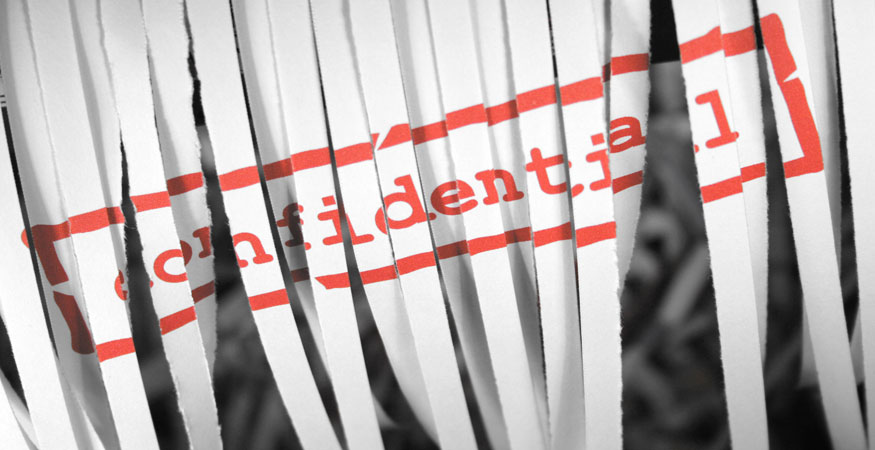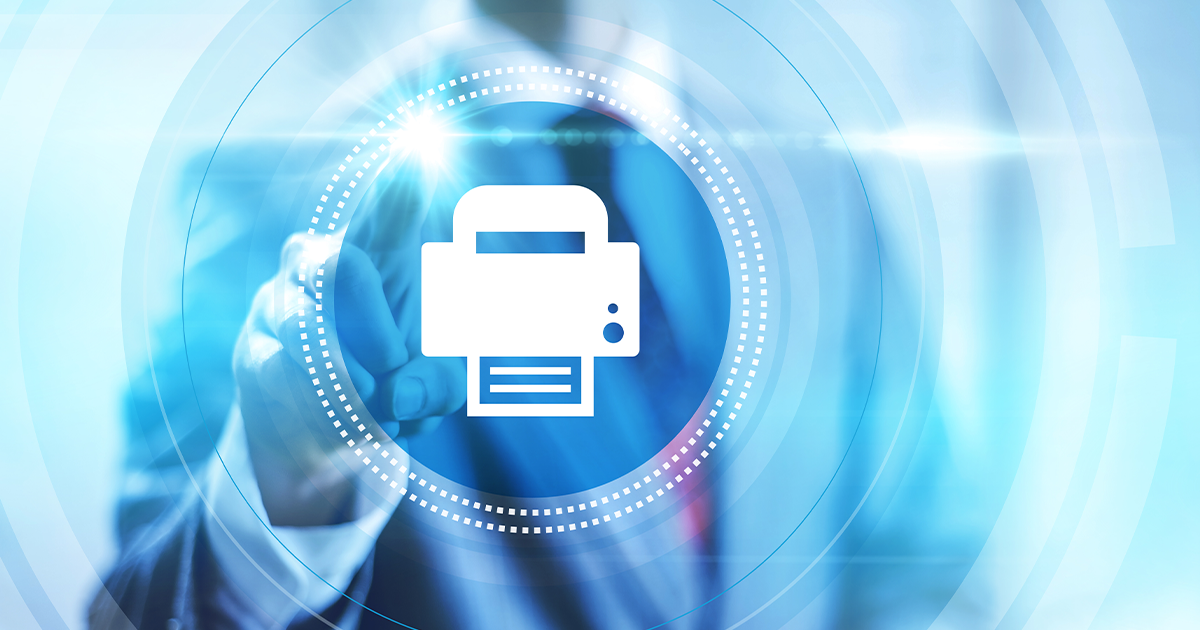Printer security should be a key part of every organization’s IT security plan. But unfortunately, it is too often forgotten, overlooked or deemed a low security priority. Don’t let your office print fleet become an easy entry point for hackers or others looking to gain access to your sensitive data. If not properly secured, printers could pose security risks that might end in a costly data breach.
Focus on security now, to be better prepared against sneaky hackers looking to strike and you’ll reduce your risk of a data breach that could cost your organization lost time, lost resources and lost customers.
We recommend this short list of steps for you to keep in mind when reviewing your printer security plan.
- Use a Firewall
- Turn Off Unnecessary Services
- Update Your Printer Firmware
- Implement Pull Printing or User-Authenticated Secure Printing
- Change Your Printer Password
- Educate Your Employees
- Add a Secure Shredding Bin Next to Your Printer
RELATED ARTICLE: How to Conduct a Print Security Assessment
1. Use a Firewall
A firewall is a basic form of security for any computer-enabled device – this includes networked printers. If your print device includes a pre-installed firewall, make sure that it is enabled and keep it updated for optimum security.
Sometimes more protection is needed for organizations who handle large amounts of personal data. Healthcare, financial or educational organizations may need to consider specialized firewalls for extra data protection.
2. Turn Off Unnecessary Services
An unsecured port could be used as an open back door into your network. Don’t give hackers a chance to access your printer and potentially slither their way farther into your network. Only enable printing protocols that you will use and disable any that are not necessary. You will reduce your exposure and potential for a data breach.
RELATED ARTICLE: How to Implement Zero Trust Printing
3. Update Your Printer Firmware
Having multiple layers of security is a recommended best practice and one of those layers should be following a regular protocol for updating your print fleet firmware. Firmware updates are typically published by device manufacturers to add new functionality or fix/patch known issues. This is a key element you’ll need to keep out hackers and defend the integrity of your data.
4. Implement Pull Printing or Secure Printing
How a print request is sent and the timing of when the document will print, should both be secure. Two popular methods to do this are pull printing and user-authenticated secure printing.
Pull printing (also called “Follow Printing”) is a two-step process that ensures the data is fully protected. First, the user initiates a print job from their device, placing it on a universal print driver. Then, to complete the job, they must “pull” it from the driver toward any pull print-enabled printer by authenticating the request, either through a graphical user interface (GUI) command or while physically being at the printer.
When using user-authentication secure printing, a user will send their document to a designated printer driver and device. Once the user is physically at the designated device, they can release the print job via a browser, badge/card reader or PIN.
5. Change Your Printer Password
Most printers have a default, manufacturer-chosen administrator password. If you are working with a Managed Print Services (MPS) provider, they often will change the default password upon device installation. If not, you should change the default password immediately to deter threat actors from locating standard default passwords for the manufacturer and accessing your networked printer.
6. Educate Your Employees
Employees are an important part of your office printer security strategy, too. Educate them on how to more securely print, why it’s important and what to watch for in order to thwart potential security breaches.
Cybersecurity is a great educational point but remember that many office printer-related security threats are accidental. Leaving a printed document with sensitive information at the printer/copier or even setting a document with personal or financial information openly on your desk, could increase your risk of sensitive data being stolen.
7. Add a Secure Shredding Bin Next to Your Printer
Securing your printer is important. Securing your documents after they are printed, is a procedure that is just as important. Consider adding a secure bin next to your printers to encourage unused pages (or old documents when cleaning out files) to be shredded. Be sure to empty the bins and shred documents on a regular basis or enlist the help of a third party secure shredding business to simplify this task.
Your Partner for Print Security Concerns
Today’s multifunction printers and copiers are complex devices that interface with (and are vulnerable to) networks, cloud computing programs, mobile devices, IoT technology and more. That’s why Gordon Flesch Company deploys enterprise-level print security that protects you and your organization against cyber threats and other potentially harmful activities.
Want to learn more about why print security is important, how it works and what you can expect from implementing a proper endpoint security strategy for printers? Download your complimentary copy of our Quick Guide to Print Security.










